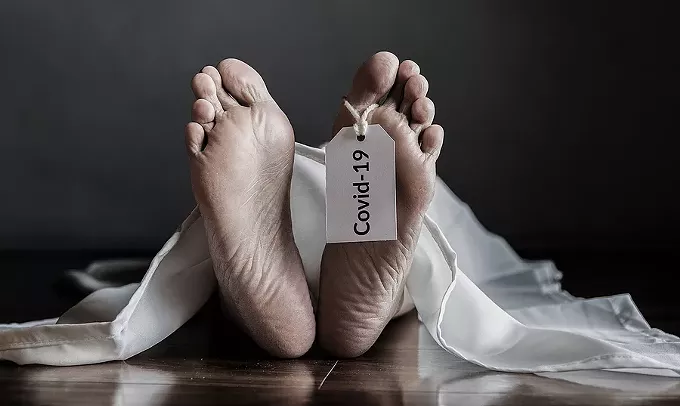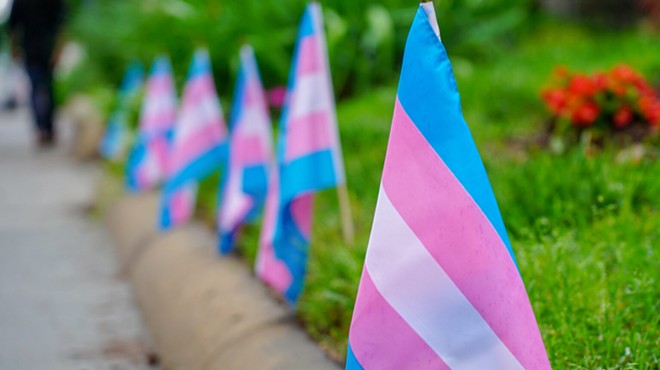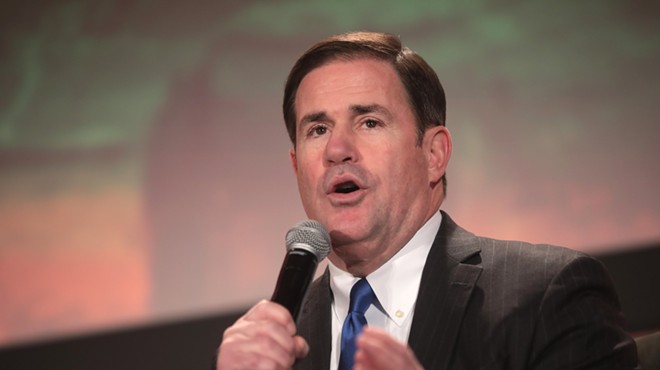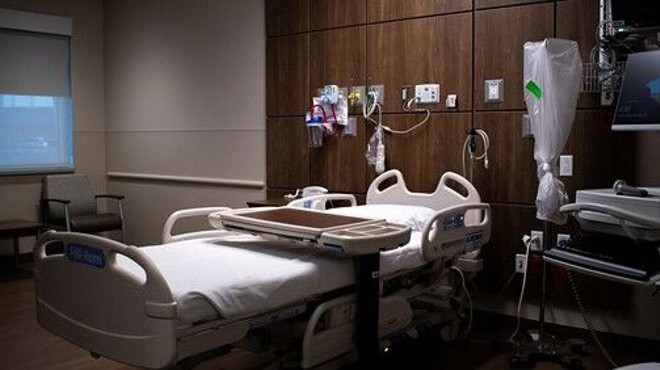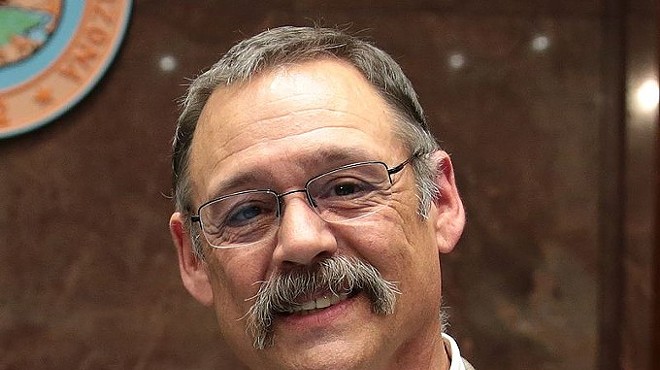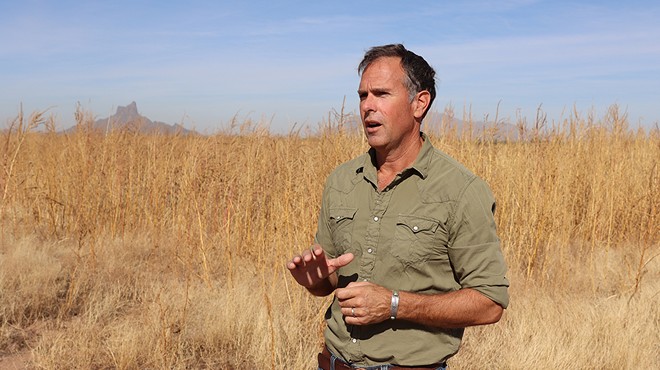Monday, August 3, 2020
Nobody Accurately Tracks Health Care Workers Lost to COVID-19. So She Stays Up At Night Cataloging the Dead.
ProPublica is a nonprofit newsroom that investigates abuses of power. Click here to read their biggest stories as soon as they’re published.
When police discovered the woman, she’d been dead at home for at least 12 hours, alone except for her 4-year-old daughter. The early reports said only that she was 42, a mammogram technician at a hospital southwest of Atlanta and almost certainly a victim of COVID-19. Had her identity been withheld to protect her family’s privacy? Her employer’s reputation? Anesthesiologist Claire Rezba, scrolling through the news on her phone, was dismayed. “I felt like her sacrifice was really great and her child’s sacrifice was really great, and she was just this anonymous woman, you know? It seemed very trivializing.” For days, Rezba would click through Google, searching for a name, until in late March, the news stories finally supplied one: Diedre Wilkes. And almost without realizing it, Rezba began to keep count.
The next name on her list was world-famous, at least in medical circles: James Goodrich, a pediatric neurosurgeon in New York City and a pioneer in the separation of twins conjoined at the head. One of his best-known successes happened in 2016, when he led a team of 40 people in a 27-hour procedure to divide the skulls and detach the brains of 13-month-old brothers. Rezba, who’d participated in two conjoined-twins cases during her residency, had been riveted by that saga. Goodrich’s death on March 30 was a gut-punch; “it just felt personal.” Clearly, the coronavirus was coming for health care professionals, from the legends like Goodrich to the ones like Wilkes who toiled out of the spotlight and, Rezba knew, would die there.
At first, seeking out their obituaries was a way to rein in her own fear. At Rezba’s hospital in Richmond, Virginia, as at health care facilities around the U.S., elective surgeries had been canceled and schedules rearranged, which meant she had long stretches of time to fret. Her husband was also a physician, an orthopedic surgeon at a different hospital. Her sister was a nurse practitioner. Bearing witness to the lives and deaths of people she didn’t know helped distract her from the dangers faced by those she loved. “It’s a way of coping with my feelings,” she acknowledged one recent afternoon. “It helps to put some of those anxieties in order.”
On April 14, the Centers for Disease Control and Prevention published its first count of health care workers lost to COVID-19: 27 deaths. By then, Rezba’s list included many times that number — nurses, drug treatment counselors, medical assistants, orderlies, ER staff, physical therapists, EMTs. “That was upsetting,” Rezba said. “I mean, I’m, like, just one person using Google and I had already counted more than 200 people and they’re saying 27? That’s a big discrepancy.”
Rezba’s exercise in psychological self-protection evolved into a bona fide mission. Soon she was spending a couple of hours a day scouring the internet for the recently dead; it saddened, then enraged her to see how difficult they were to find, how quickly people who gave their lives in service to others seemed to be forgotten. The more she searched, the more convinced she became that this invisibility was not an accident: “I felt like a lot of these hospitals and nursing homes were trying to hide what was happening.”
And instead of acting as watchdogs, public health and government officials were largely silent. As she looked for data and studies, any sign that lessons were being learned from these deaths, what Rezba found instead were men and women who worked two or three jobs but had no insurance; clusters of contagion in families; so many young parents, she wanted to scream. The majority were Black or brown. Many were immigrants. None of them had to die.
The least she could do was force the government, and the public, to see them. “I feel like if they had to look at the faces, and read the stories, if they realized how many there are; if they had to keep scrolling and reading, maybe they would understand.”
When police discovered the woman, she’d been dead at home for at least 12 hours, alone except for her 4-year-old daughter. The early reports said only that she was 42, a mammogram technician at a hospital southwest of Atlanta and almost certainly a victim of COVID-19. Had her identity been withheld to protect her family’s privacy? Her employer’s reputation? Anesthesiologist Claire Rezba, scrolling through the news on her phone, was dismayed. “I felt like her sacrifice was really great and her child’s sacrifice was really great, and she was just this anonymous woman, you know? It seemed very trivializing.” For days, Rezba would click through Google, searching for a name, until in late March, the news stories finally supplied one: Diedre Wilkes. And almost without realizing it, Rezba began to keep count.
The next name on her list was world-famous, at least in medical circles: James Goodrich, a pediatric neurosurgeon in New York City and a pioneer in the separation of twins conjoined at the head. One of his best-known successes happened in 2016, when he led a team of 40 people in a 27-hour procedure to divide the skulls and detach the brains of 13-month-old brothers. Rezba, who’d participated in two conjoined-twins cases during her residency, had been riveted by that saga. Goodrich’s death on March 30 was a gut-punch; “it just felt personal.” Clearly, the coronavirus was coming for health care professionals, from the legends like Goodrich to the ones like Wilkes who toiled out of the spotlight and, Rezba knew, would die there.
At first, seeking out their obituaries was a way to rein in her own fear. At Rezba’s hospital in Richmond, Virginia, as at health care facilities around the U.S., elective surgeries had been canceled and schedules rearranged, which meant she had long stretches of time to fret. Her husband was also a physician, an orthopedic surgeon at a different hospital. Her sister was a nurse practitioner. Bearing witness to the lives and deaths of people she didn’t know helped distract her from the dangers faced by those she loved. “It’s a way of coping with my feelings,” she acknowledged one recent afternoon. “It helps to put some of those anxieties in order.”
On April 14, the Centers for Disease Control and Prevention published its first count of health care workers lost to COVID-19: 27 deaths. By then, Rezba’s list included many times that number — nurses, drug treatment counselors, medical assistants, orderlies, ER staff, physical therapists, EMTs. “That was upsetting,” Rezba said. “I mean, I’m, like, just one person using Google and I had already counted more than 200 people and they’re saying 27? That’s a big discrepancy.”
Rezba’s exercise in psychological self-protection evolved into a bona fide mission. Soon she was spending a couple of hours a day scouring the internet for the recently dead; it saddened, then enraged her to see how difficult they were to find, how quickly people who gave their lives in service to others seemed to be forgotten. The more she searched, the more convinced she became that this invisibility was not an accident: “I felt like a lot of these hospitals and nursing homes were trying to hide what was happening.”
And instead of acting as watchdogs, public health and government officials were largely silent. As she looked for data and studies, any sign that lessons were being learned from these deaths, what Rezba found instead were men and women who worked two or three jobs but had no insurance; clusters of contagion in families; so many young parents, she wanted to scream. The majority were Black or brown. Many were immigrants. None of them had to die.
The least she could do was force the government, and the public, to see them. “I feel like if they had to look at the faces, and read the stories, if they realized how many there are; if they had to keep scrolling and reading, maybe they would understand.”


